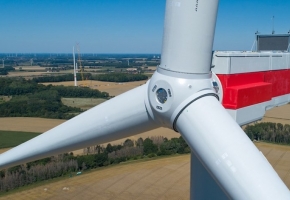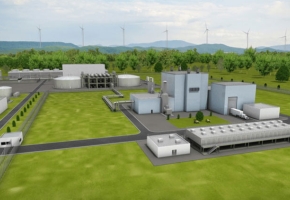2019 Will Be A Wild Year For Oil

Oil prices have bounced around in the week following the OPEC+ agreement. However, volatility is unlikely to go away.
There are a litany of variables that will have enormous impact on oil as we head into 2019, on both the supply side and the demand side, both bullish and bearish for prices.
The bullish factors
Iran. The largest and most obvious risk to supply comes from Iran. The U.S. waivers to eight countries buying Iranian oil will expire in May.
Libya. Libya just lost 400,000 bpd because of militia activity, after successfully ramping up supply to multi-year highs just a few weeks earlier. The North African OPEC member has been a source of supply instability for years, and although the country has lofty goals to increase production in 2019, it is just as likely that they could surprise the oil market with unexpected losses.
Venezuela. Venezuela is set to close out the year near 1 mln. bpd of output, down more than 600,000 bpd since January. The losses could slow at this point, if only because there is little left to lose.
U.S. shale. By all accounts, U.S. shale is expected to continue its explosive growth. Indeed, shale producers have vastly exceeded 2018 forecasts. Nobody is expecting production to decline or even flatten out at current levels.
OPEC+ cuts. The 1.2 mln. bpd cut should help eliminate much of the surplus, although perhaps not by the mid-year meeting in Vienna. The group can simply extend the deal through the end of the year to ensure prices do not go any lower.
Lack of supply growth. This is more of a post-2020 problem, but the severe cutback in spending that began in 2014 has not really been felt yet.
Bearish supply-side factors
Economic downturn. Perhaps the largest pricing risk, and one of the hardest to predict, is the possibility of an economic downturn. The global economy has already thrown up some red flags, with slowing growth in China, contracting GDP in parts of Europe, currency crises in emerging markets and financial volatility around the world.
The U.S.-China trade war could still drag down the global economy, but financial indicators are already flashing warning signs.
U.S. shale growth. Despite a downward revision compared to a prior forecast, the IEA still expects non-OPEC supply to grow by another 1.5 mln. bpd in 2019, which exceeds total global demand. The bulk of that will come from U.S. shale.
OPEC+ noncompliance. Already Russia has indicated it would not cut by much in January, when the OPEC+ deal takes effect. As such, there is a risk that the full cuts do not materialize. Saudi Arabia will do most of the cutting, and since it desperately wants higher prices, it should follow through with significant reductions. However, there is still uncertainty on whether or not OPEC+ can complete the job of balancing the market.







